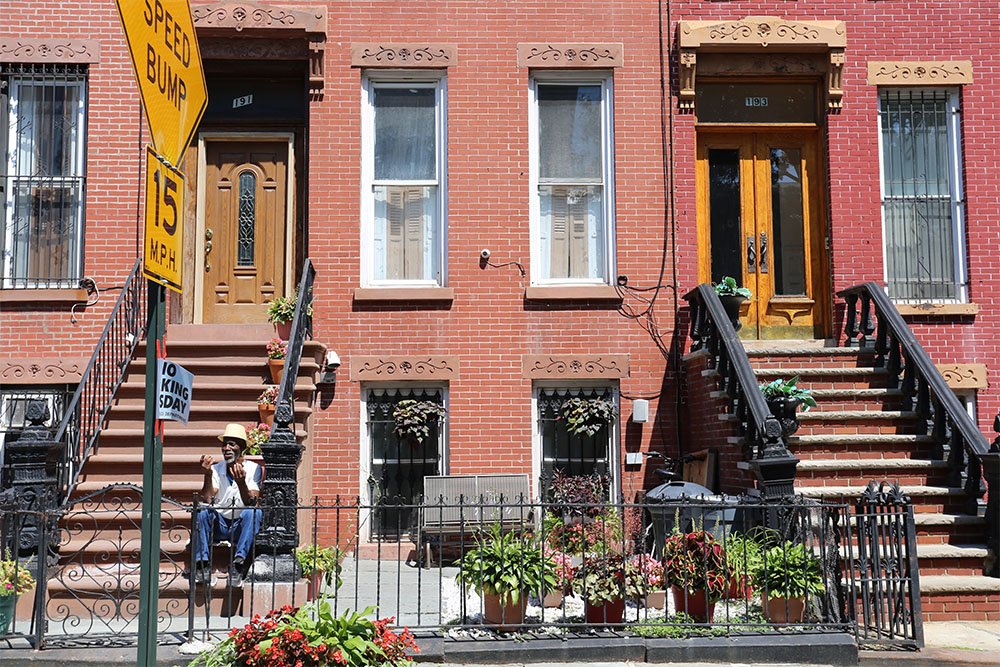
Today, many public gardens are in the process of shifting their relationships with their communities. In Public Gardens and Livable Cities, Rakow et al. note that today, most public gardens “embrace a diverse set of roles that are continuing to evolve in response to changing needs,” and urban gardens especially “seem to perform a particularly crucial function, serving as places of natural sanctuary and inspiration for harried urbanites as well as a refuge for plants and wildlife in the face of increasingly fragmented and scarce habitat.”
This is a far cry from the aloof institutions which characterized many earlier public garden iterations, which focused far more on the collections within their walls than on the communities beyond. Public Gardens and Livable Cities succinctly describes this tectonic shift:
Adding to an already broad scope of responsibilities, over the last two decades an entirely new direction for public gardens—community revitalization—has found significant momentum across North America…public gardens have seized the opportunity to contribute substantively to strengthening the social and ecological fabric of their surrounding communities, in part through taking their programs out into neighborhoods and schools. At the same time, these institutions are reimagining the place of their garden spaces in their communities, becoming even stronger magnets for community interaction by underscoring a fundamental commitment to diversity and inclusion. This new focus on community revitalization has especially resonated in US cities, where the need for greening projects and citizen engagement on environmental issues is particularly strong. (Rakow, et al, Kindle location 75)
The Role of Public Gardens
Guided by the concept of critical placemaking, many public gardens are looking outward to see how they can better fit within the fabric of their neighborhoods. One can look to GreenBridge, Brooklyn Botanic Garden's community horticulture and urban greening program, for a perfect demonstration of the impact a public garden can have when it empowers its community with thoughtful, inclusive, participatory initiatives. According to Rakow et al, "GreenBridge operated as a community-based environmental horticulture program promoting urban greening through education, conservation, and creative partnerships," taking advantage of its location "between some of the borough’s most affluent areas near Prospect Park and some of the poorest neighborhoods...to use horticulture as a common shared value to facilitate community discussions with diverse groups" (Kindle location 437). These Community Greening initiatives work through partnership with block associations, community gardens, and other service groups. They include the "Greenest Block in Brooklyn" competition, which supports participating blocks to try to win the prestigious award for most verdant block in the borough each year. Working directly with leaders and families in its community, Brooklyn Botanic Garden has built programs that are participatory at their core. Rather than imposing its own vision of what the borough should look like, BBG empowers residents to transform their spaces and simply plays a supporting role, offering education, supplies, and recognition and celebration of achievements. In this way, BBG embodies the principles of critical placemaking.
See below: past winners of Greenest Block in Brooklyn (credit - Brownstoner)









In the Praxis section of this website, I draw from a series of interviews to share innovative garden programming taking place in partnership with schools in Denver, CO and Naples, FL. Denver Botanic Gardens and Naples Botanical Garden serve as powerful examples of the impact well-executed programming can have when it is built on strong relationships with the school district and other local partners. By making their own grounds more accessible to students, and by going out into the community with workshops, class visits, and local projects, gardens are perfectly positioned to “create new generations of environmental stewards and educators, while also fostering environmental literacy throughout their communities” (Rakow, Gough, Lee, Kindle location 62).